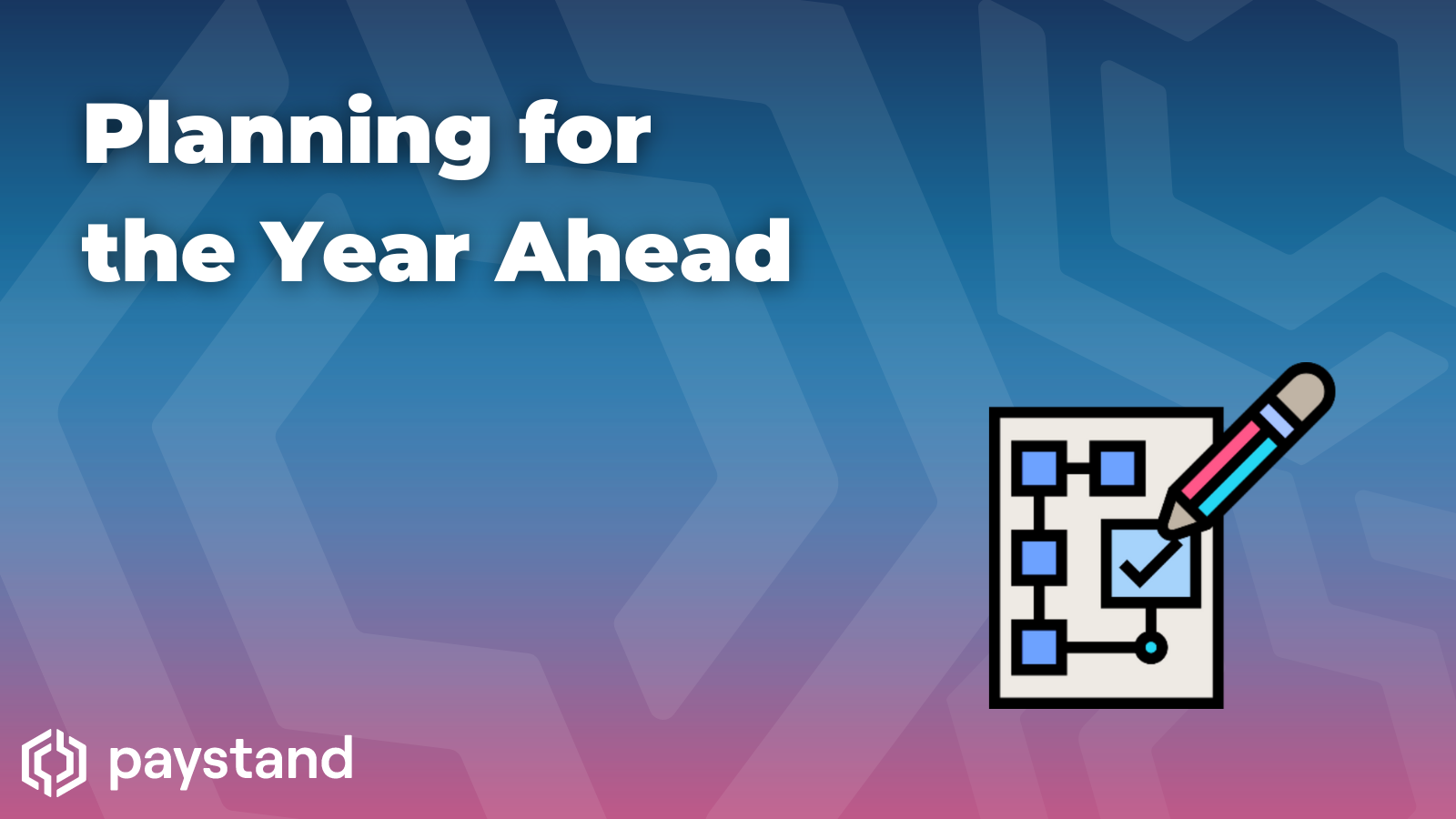Planning for the Year Ahead

2022 is almost over. Are you ready to start 2023 on the right foot? We’re navigating that time limbo between Holidays when some things might slip away — important things among them. And in the AR department, that just can’t happen.
Planning for the year ahead will help you to have an excellent year-end closing and a fresh perspective on what to expect for the one about to start. Setting objectives, making a strategy, and acquiring the right tools, will make this process smooth and easy.
Returning to the office after the Holidays doesn’t have to be a hassle! Keep reading to learn what steps to take to achieve your AR goals for 2023.
It’s All About the Period
This might be AR 101, but having a well-defined average collections period is essential. This refers to the time a business needs to collect its accounts receivables. Its calculation ensures the necessary cash flow to meet your business’s financial obligations.
A low average collection period usually benefits businesses. It indicates how quickly payments are received. However, unfavorable payment terms may drive away otherwise satisfied customers. This can lead to them seeking more suitable conditions elsewhere.
When calculating the average collection period, consider seasonal changes in AR balances. Disproportional results may arise if you compare a peak month with a less active one, distorting the calculated figure.
The average collection period is not only a single figure but an invaluable source of data conveying essential information like:
- Debt collection efficiency
- Credit terms flexibility
- Competitors performance
- Company’s short-term financial health
The average collection period is an essential metric for internal tracking and management. This figure can help guide decisions related to operations within a company. Its calculation and implementation will help you optimize your collections all year long.
Set Up SMART Goals
We know the biggest New Year cliché is setting up goals. But in your yearly planning, they may come in handy. Having defined objectives for the year to come will help you trace your steps toward them.
Using the SMART method will help you determine and achieve your goals in a workable way. A SMART goal is:
Specific: the goal relates to a particular problem.
Measurable: defined metrics state how much you have completed and where you can improve.
Achievable: the goal is realistic and achievable.
Relevant: the goal solves a specific problem and contributes to a broader vision.
Time-bound: the goal has a reasonable time frame.
Here are some helpful examples of SMART accounts receivable goals for a successful, productive, and efficient 2023:
1. Update Customer Data
We’ve already discussed the importance of customer databases. One of the first things to check off your list should be a thorough update of it.
This is important in case your customers' contact information has changed. If the information isn’t current, they may not receive your invoices.
Making sure you have more than one way to contact them also helps. Using secondary contact information can be necessary for a better follow-up.
2. Offer Multiple Payment Options
Today, most B2B companies conduct their transactions over the Internet. Digital processes need digital payments, not just cash or checks.
Start the year by offering your customers payments by credit or debit card, ACH wire transfer, or bank-to-bank network. Achieve this goal through a platform that allows you to accept many payment forms.
3. Systematize Invoicing
Before taking late collection measures, make sure the customer receives the invoice. You will streamline this process in real-time with electronic invoicing and digital payment options (credit card, ACH, etc.). This will help you avoid errors and complications, making it easier for your customers to pay.
Take it a step further in 2023 and implement automation software. Automating invoicing will help send invoices immediately after the transaction, ensuring customers' payments, as invoices won't surprise them.
4. Track Debts and Delinquencies
It is crucial to follow up on delinquent accounts on an ongoing basis. To this end, assign a person from the administrative area to be in charge of this task.
Carry out follow-ups according to the different types of delinquents. To achieve this, it’s necessary to communicate with the debtors. This allows us to know their intentions and offer payment opportunities.
The analysis of each case will make it possible to define whether it’s necessary to install some other collection strategy.
Include Paystand in Your Plans
When planning for the coming year, don’t do it alone! Remember, you have a strong ally in Paystand. We’ve developed the technology to optimize and streamline your AR department’s most important chores. Save time, money, and resources with automation, and let your team focus on more human-oriented tasks.
We’re reimagining B2B payments for today's business. Get paid faster and maximize efficiency by speeding up time-to-cash, lowering costs, and automating manual processes.
Start your AR plans and achieve all your yearly goals with:
- Flexible payment options
- Recurring payments
- Comprehensive security
- Customization and branding for your bills and invoices
- Digital ledger and periodic reports
- ERP integration
Include booking a demo with Paystand in your plans, but don’t wait till next year! Contact one of our experts today and start your automation process before New Year’s Eve.




